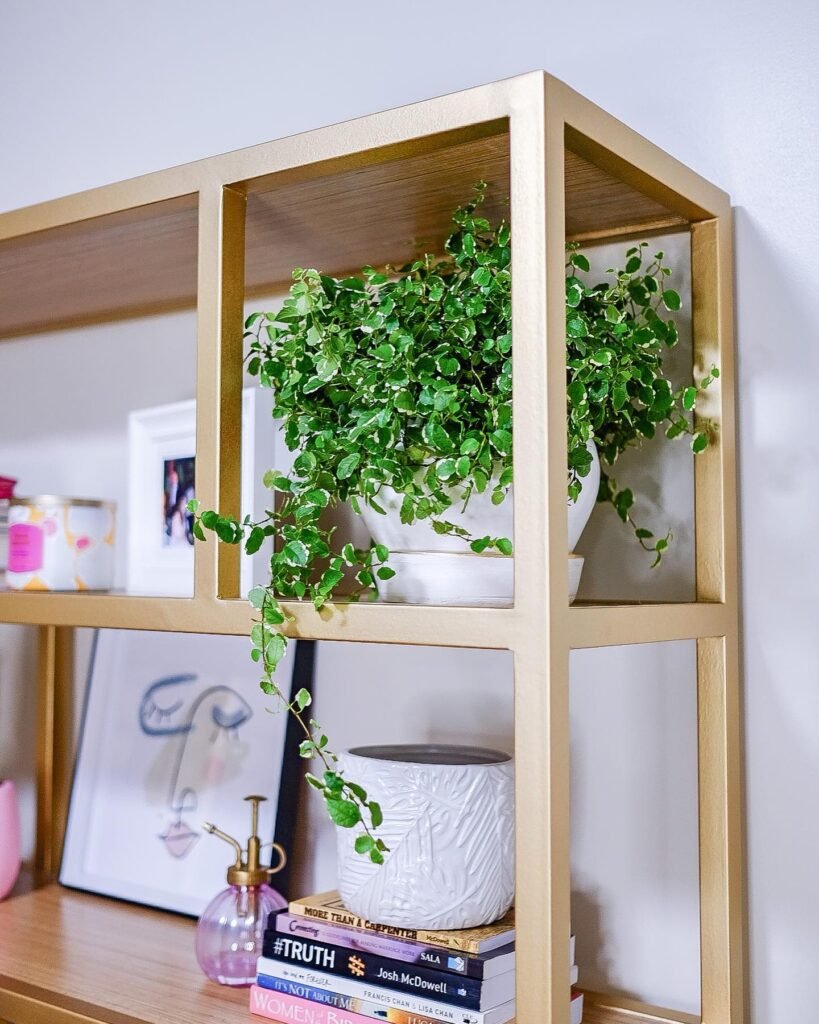As I stand in my garden, surrounded by lush greenery and blooming flowers, my eyes are immediately drawn to a stunning climbing plant that adorns my wall. Its delicate leaves cascade down, creating a beautiful tapestry of evergreen foliage. This plant, known as Ficus pumila or creeping fig, has quickly become one of my favorite additions to my garden.
What makes Ficus pumila so special is its versatility. It can be grown as a climbing plant or an indoor vine, adding a touch of elegance to any space. Its small-leaved climber nature makes it perfect for covering walls and fences, transforming them into living works of art. Best of all, this low-maintenance plant thrives in UK gardens, providing year-round beauty without demanding too much attention.
Appearance of Ficus pumila (Creeping fig)


Ficus pumila, or creeping fig, is a visually stunning plant with a distinctive appearance. Its rich green, ovate leaves are 2-5cm in length on climbing shoots and larger and narrower on non-climbing shoots. The leaves have a slightly heart-shaped and crinkled surface, adding a touch of elegance to this evergreen plant.
This versatile climber can reach a height of 2.5-4 meters, creating a captivating display in any garden. It produces beautiful purple fruits up to 5cm in length, adding an extra element of visual interest.
One of the standout features of Ficus pumila is its dense foliage, which forms a lush and vibrant backdrop. Whether used as a wall covering plant, a ground cover, or an indoor vine, its attractive appearance is sure to make a statement in any setting.
- Rich green, ovate leaves
- Heart-shaped and crinkled surface
- Dense foliage
- Creeping habit
- Height of 2.5-4 meters
- Purple fruits up to 5cm in length
 Did you know Ficus pumila transforms walls and fences into vibrant green canvases? This climber doesn’t stop there; it also beautifies garden arches and trellises, making any space a lush oasis. Its versatility in landscape design is unmatched, offering a touch of nature wherever it grows.
Did you know Ficus pumila transforms walls and fences into vibrant green canvases? This climber doesn’t stop there; it also beautifies garden arches and trellises, making any space a lush oasis. Its versatility in landscape design is unmatched, offering a touch of nature wherever it grows.
Light Requirements for Ficus pumila

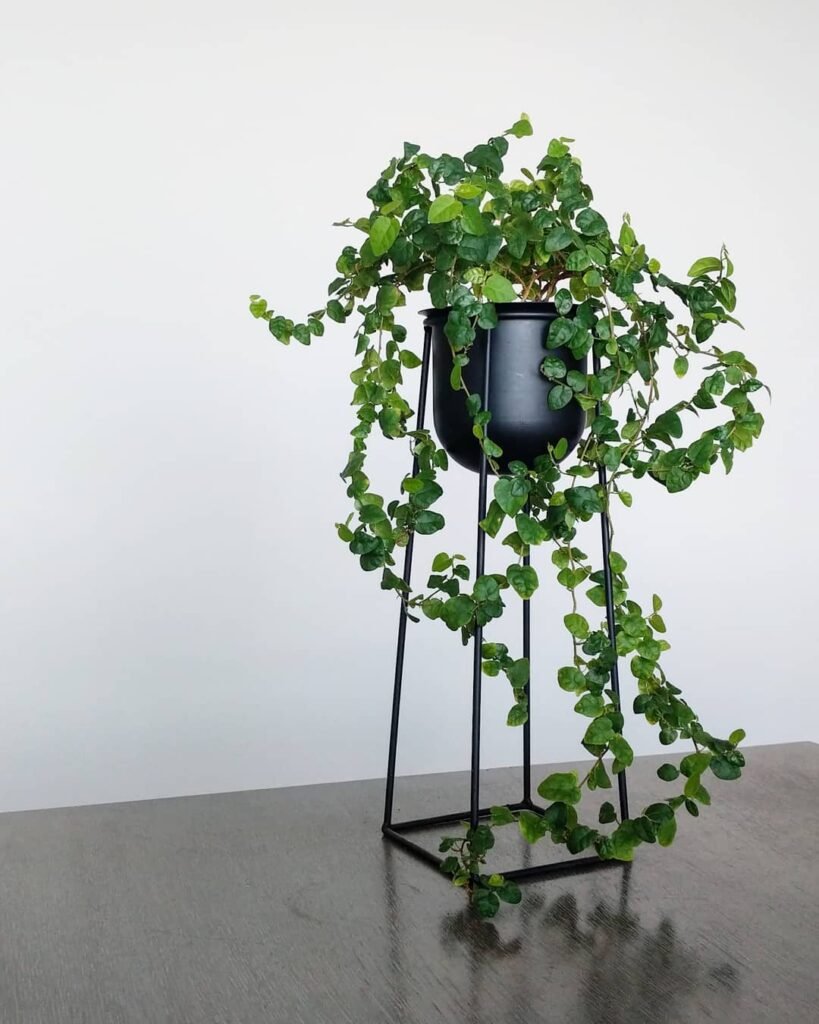
When it comes to light requirements, Ficus pumila, also known as creeping fig, is a versatile plant that can adapt to various lighting conditions. It prefers dappled shade, full shade, or partial shade, making it an excellent choice for areas with limited direct sunlight. Whether you have an east-facing, north-facing, or west-facing aspect, this plant can thrive in your garden.
If you are planning to grow Ficus pumila indoors, it is important to provide it with a warm and humid environment. Place the plant in a room with good indirect light, ensuring it receives enough brightness without exposing it to direct sunlight. Additionally, this plant can tolerate light shade, making it suitable for areas with lower light levels.
With its adaptability to different light conditions, Ficus pumila is a low-light champion, making it a great choice for those seeking a low-maintenance plant to brighten up their living spaces or gardens.

Watering Tips for Ficus pumila (Creeping fig)
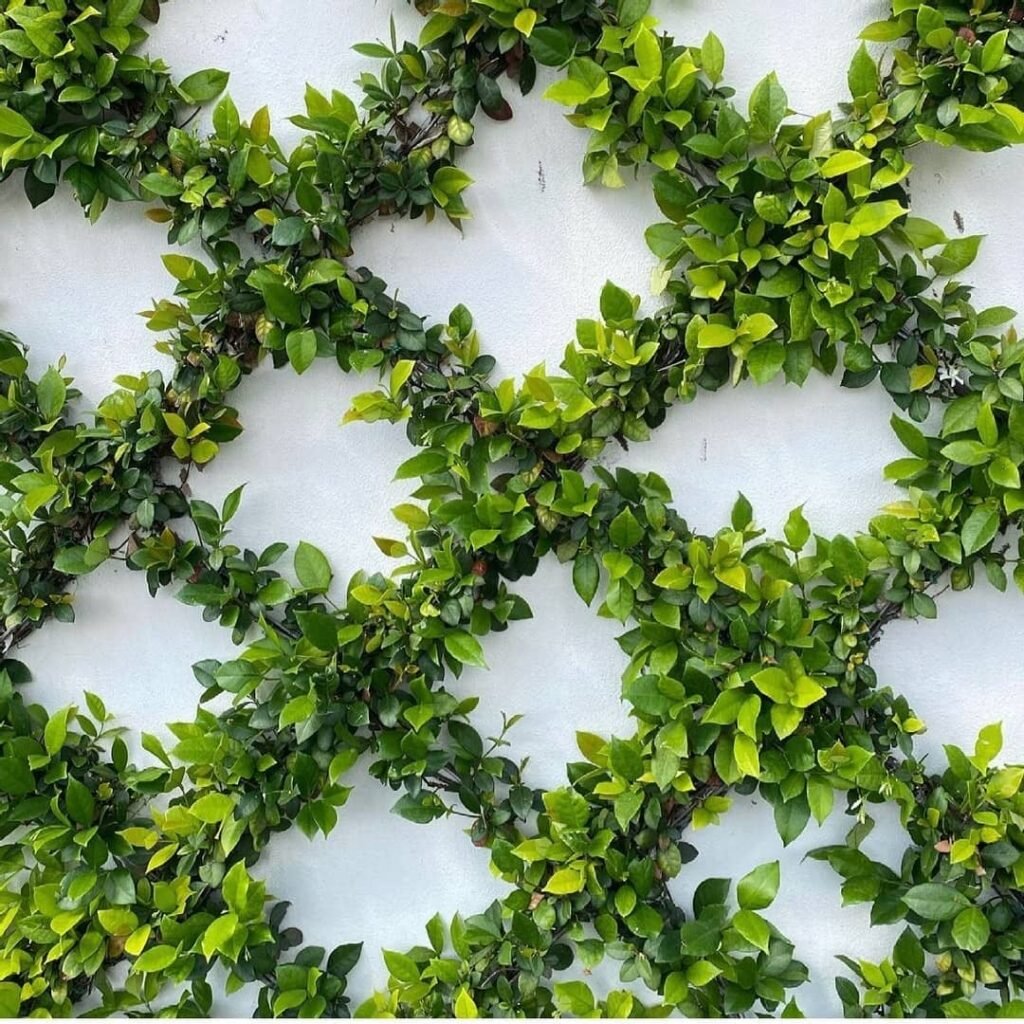
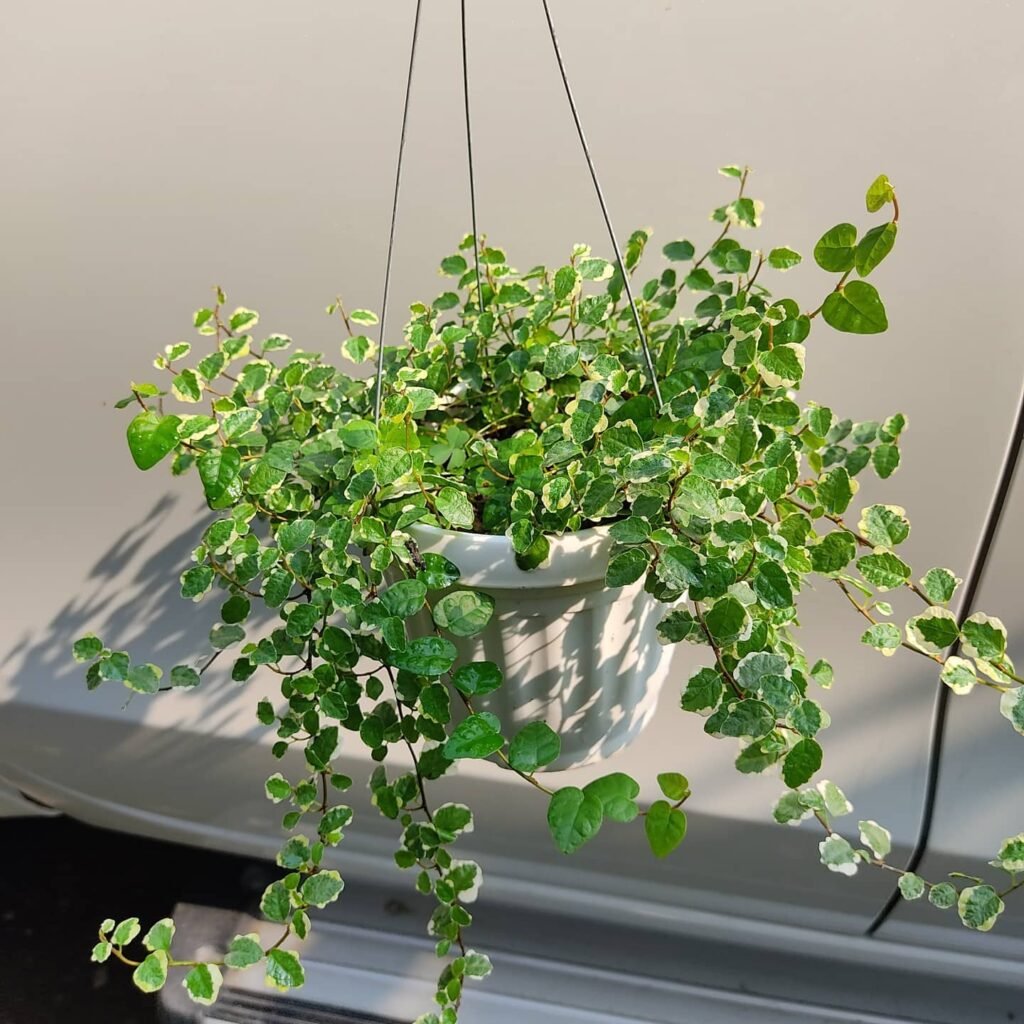
Ficus pumila, or creeping fig, is a beautiful and versatile plant that requires regular watering to maintain its health and vibrant foliage. To ensure the best watering practices for your Ficus pumila, follow these helpful tips:
- Moist but well-drained soil: Creeping fig prefers soil that is moist, but not waterlogged. Make sure the soil has good drainage to prevent waterlogging, which can lead to root rot.
- Spring and summer watering: During the warmer months, water your creeping fig moderately with soft water. Allow the surface of the soil to dry out slightly between waterings. This will prevent overwatering and promote healthy root development.
- Autumn and winter watering: In the cooler seasons, reduce the frequency of watering but never let the soil dry out completely. While the plant may require less water during this time, it still needs consistent moisture to thrive.
- Adjusting watering based on season and temperature: Remember that the watering needs of your creeping fig may vary depending on the season and temperature. Monitor the moisture levels of the soil and adjust your watering schedule accordingly.

Fertilizing and Soil for Ficus pumila
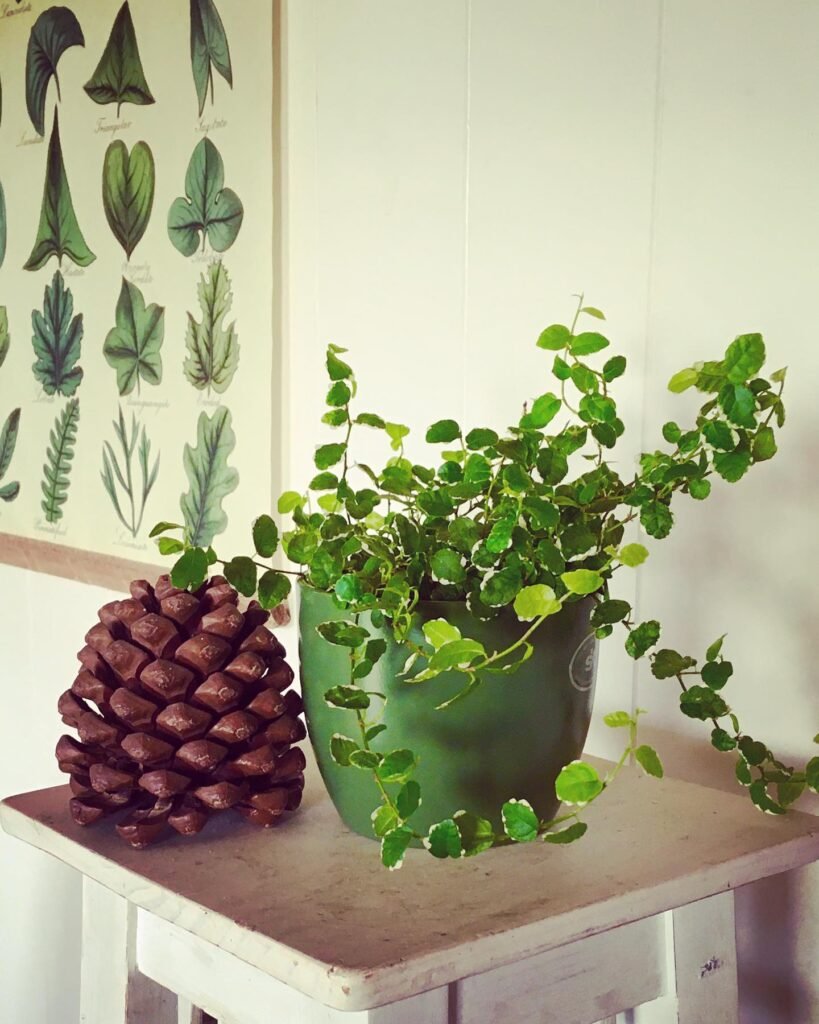

Ficus pumila, or creeping fig, is a beautiful plant that can thrive with regular fertilizing. To ensure its healthy growth, I recommend using a liquid complete fertilizer every 2 weeks during the spring and summer seasons. This will provide the plant with essential nutrients.
When it comes to the soil, Ficus pumila prefers a neutral to slightly acidic potting soil. It is important to choose a soil that is well-draining, yet moist. The plant thrives in humus-rich soil that retains moisture without becoming waterlogged.
For indoor plants, I recommend using a loam-based compost. It provides a balanced mix of nutrients and helps maintain the proper moisture level for the plant. One suitable option is the Plantura Organic All Purpose Compost, which is designed to provide the necessary nutrients for healthy growth.
- Use a liquid complete fertilizer every 2 weeks in spring and summer.
- Choose a neutral to slightly acidic potting soil.
- Prefer humus-rich, moist but well-drained soil.
- Consider using a loam-based compost for indoor plants.

Pruning and Maintenance for Creeping fig


Pruning is an important part of maintaining your Ficus pumila, or creeping fig, plant. I recommend periodically checking for any unwanted or straggly shoots and carefully removing them. This can be done lightly as required, ensuring you maintain the desired shape and appearance of the plant.
If your creeping fig outgrows its pot, you may want to consider repotting it into a slightly larger pot in the spring. This will give the roots more room to grow and help prevent the plant from becoming rootbound.
While creeping fig is generally a low-maintenance plant, it can be susceptible to pests such as glasshouse red spider mite, thrips, mealybugs, and scale insects. Keep an eye out for any signs of infestation, such as webs, discolored leaves, or small insects. If you notice any pests, take appropriate measures to control and eliminate them to keep your plant healthy.
In addition to pest control, it’s important to ensure good air circulation around your creeping fig plant. This will help prevent any potential fungal diseases from developing. You can achieve this by placing your plant in a well-ventilated area, avoiding overcrowding with other plants, and regularly removing any dead or decaying foliage.

Propagating Ficus pumila (Creeping fig)

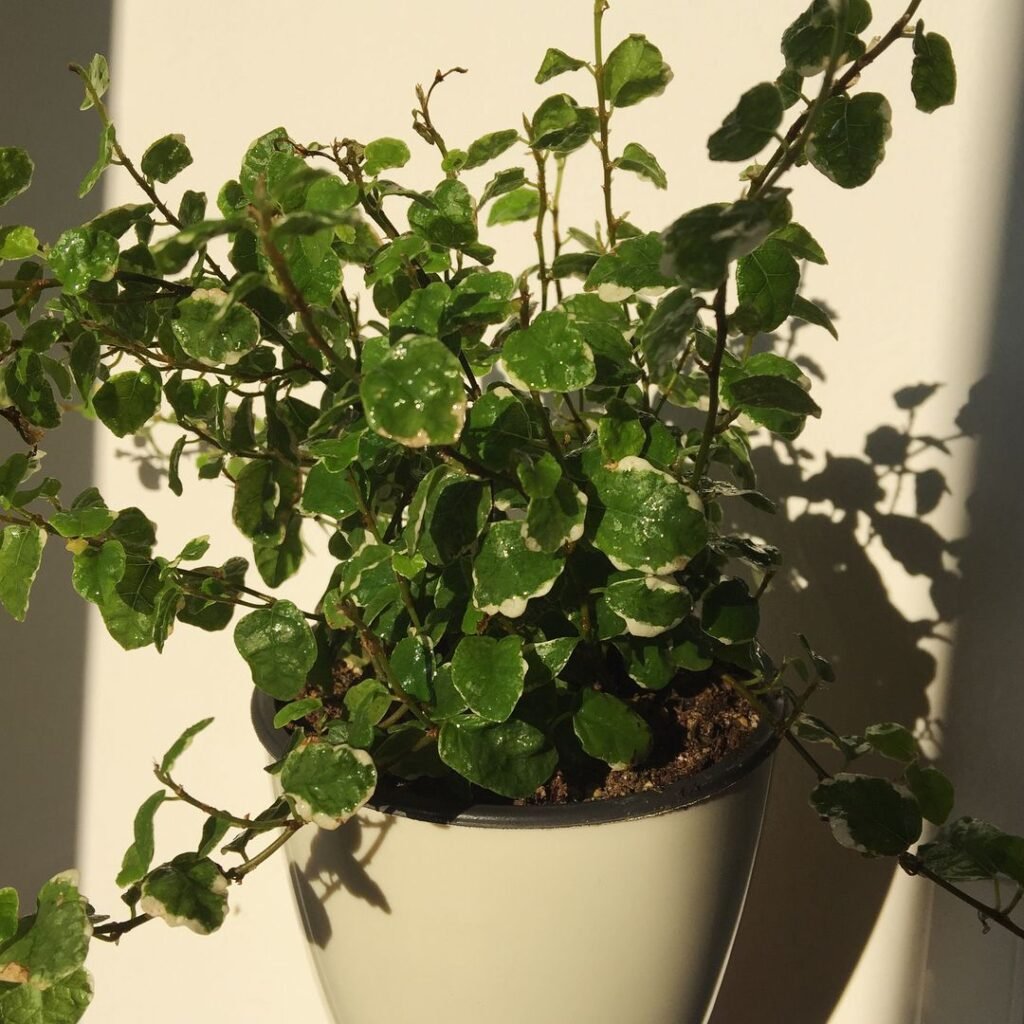
Ficus pumila, or creeping fig, is a versatile plant that can be easily propagated through various methods. Whether you prefer to start from seeds, leaf-buds, or semi-hardwood cuttings, or if you opt for the reliable method of layering, propagating Ficus pumila is a rewarding experience for gardeners.
To propagate by layering, simply select a healthy shoot of the creeping fig and gently bend it towards the soil. Secure it in place using a stake or a small stone. Over time, the shoot will develop its own roots. Once it has established a strong root system, it can be separated from the mother plant and transplanted to a new location.
Propagation by seeds, leaf-buds, or semi-hardwood cuttings is also feasible. Collect the seeds from mature fruits and sow them in a well-draining potting mix. For leaf-buds, carefully remove a leaf with a bud at its base and place it in a container with moist soil. Keep it in a warm and humid environment until roots begin to form. Similarly, semi-hardwood cuttings can be taken from the plant and placed in a suitable rooting medium.

Repotting Tips for Ficus pumila
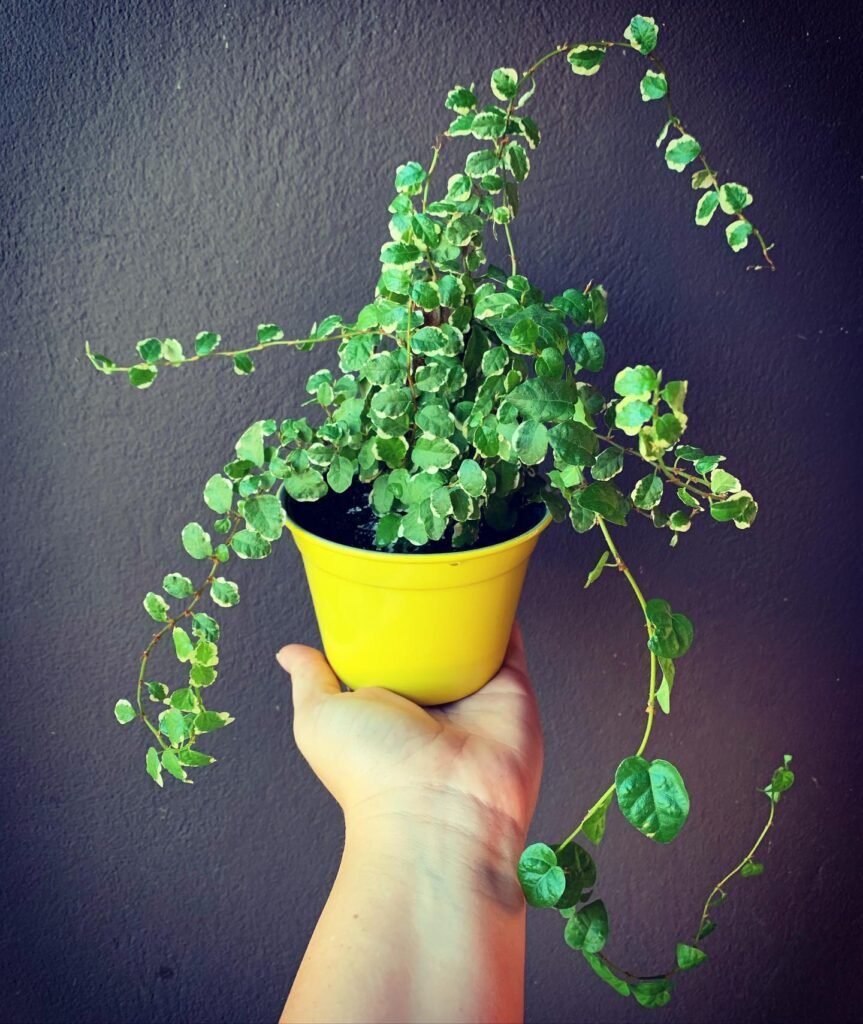
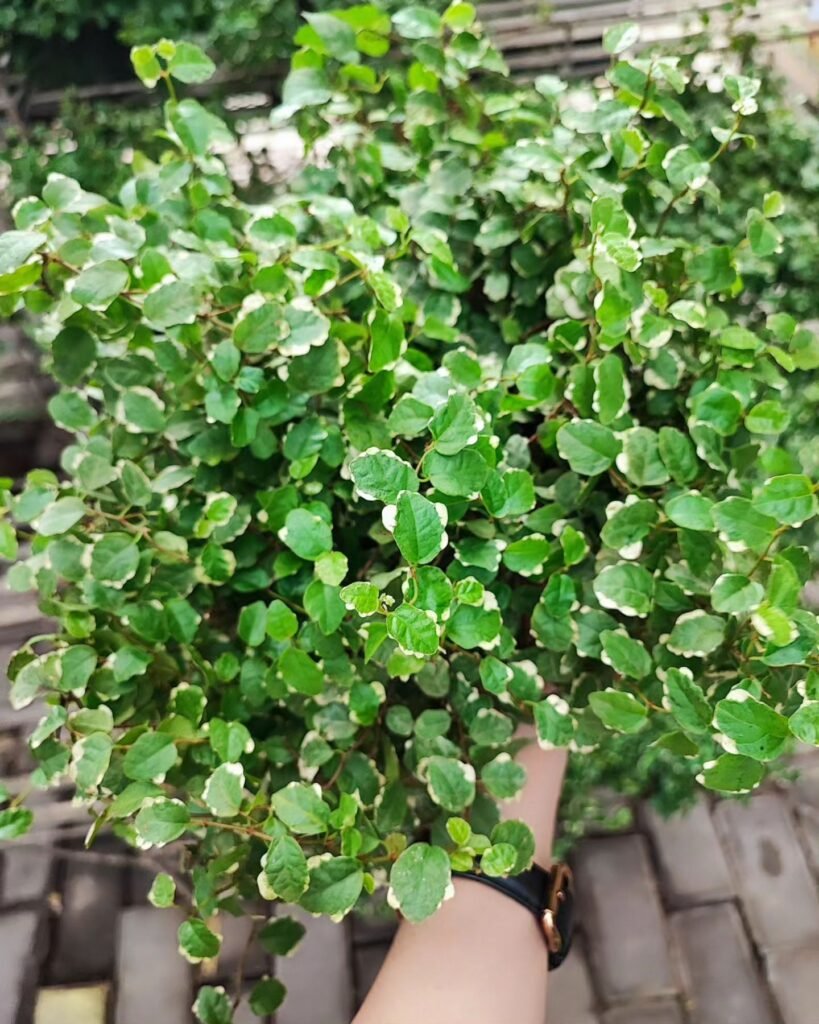
When repotting Ficus pumila, it’s important to follow a few key tips to ensure the health and vitality of your creeping fig.
- Choose the right pot size: When selecting a new pot for your creeping fig, opt for one that is slightly larger than its current container. Ficus pumila prefers to be slightly rootbound, so avoid choosing a pot that is too big, as it may lead to overwatering and root rot.
- Timing is everything: Spring is the ideal time to repot your creeping fig, as it is actively growing during this period. Avoid repotting during winter or when the plant is dormant, as it may disrupt its growth.
- Use the right soil: A loam-based compost is recommended for Ficus pumila. This type of compost provides good drainage while retaining moisture, promoting optimal growth. Ensure the compost is well-drained to prevent waterlogging.
- Adequate drainage: When repotting, ensure the new pot has proper drainage holes at the bottom. This allows excess water to escape and prevents waterlogged soil, which can lead to root rot.
- Provide room for root growth: While it’s important to choose a pot that isn’t excessively large, make sure it provides enough room for the roots to grow. This allows the plant to access fresh nutrients and encourages healthy growth.
 Ficus pumila amazes with its leaf transformation from tiny, delicate foliage for intricate topiary art in its juvenile stage, to larger leaves for lush coverage on walls and trellises as it matures. This unique adaptability makes it a versatile addition to both indoor and outdoor designs, offering beauty and functionality at each growth stage.
Ficus pumila amazes with its leaf transformation from tiny, delicate foliage for intricate topiary art in its juvenile stage, to larger leaves for lush coverage on walls and trellises as it matures. This unique adaptability makes it a versatile addition to both indoor and outdoor designs, offering beauty and functionality at each growth stage.
Toxicity of Ficus pumila (Creeping fig)
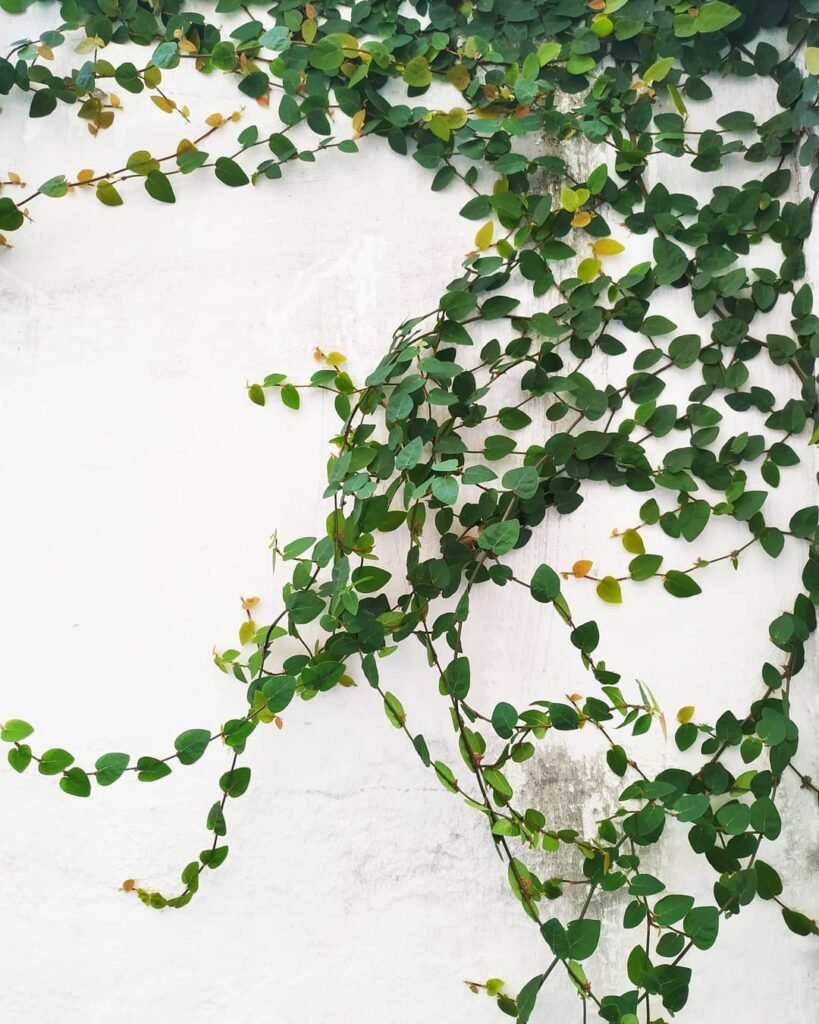

Ficus pumila, or creeping fig, is known to be toxic to both humans and pets. It’s important to be aware of its potential dangers and take appropriate precautions.
The plant contains a milky sap that can cause skin irritation, especially when exposed to sunlight. It’s recommended to avoid direct contact with the sap to prevent any allergic reactions or skin irritation.
Ingesting any part of the creeping fig can be harmful and may lead to symptoms such as nausea and vomiting. It’s essential to keep the plant out of reach of children and pets, as they may be more susceptible to the toxic effects. In severe cases, ingestion of the creeping fig can even have fatal consequences for pets.
Therefore, it’s crucial to handle Ficus pumila with caution and be mindful of its toxic nature. Ensure that the plant is placed in an area where it cannot be accessed by curious pets or young children.
Helpful Videos about Ficus pumila (Creeping fig)
Check out these great videos I discovered on caring for Ficus pumila, or Creeping Fig. They offer simple tips for easy plant care, perfect for anyone new to gardening!
- Ficus Pumila (Creeping Fig): Repotting and Indoor Care Tips
- How To Grow Creeping Fig From Cutting For Beginners
FAQ about Ficus pumila (Creeping fig)

Curious on how to best look after your Ficus pumila, or Creeping Fig? You’re in just the right place! I’ve compiled the key questions to assist you in caring for your plant effortlessly. Whether it’s figuring out the right watering schedule or tackling common issues, rest assured, you’re in good hands.
Ficus pumila, known as Creeping Fig, is a fast-growing vine with small, heart-shaped leaves. It’s called “creeping” because of its tendency to spread along surfaces, creating a lush green cover.
Yes, it can be grown outdoors in milder regions of the UK. It prefers sheltered locations to protect it from severe cold winds and frost.
Choose a spot with well-draining soil and partial to full sunlight. Plant it against a wall or structure where it can climb, leaving space for growth.
It will cling to almost any surface, including walls, fences, and trellises. Ensure the support is sturdy to handle the vine’s growth.
Water when the top inch of soil feels dry. It requires less water in the winter months, so adjust your watering schedule accordingly.
It isn’t particularly fussy but thrives best in fertile, well-draining soil. Adding organic matter can enhance poor soil.
Feed your Creeping Fig with a balanced, water-soluble fertilizer every 4-6 weeks during the growing season.
Absolutely, it makes a great potted plant for patios or indoors, provided it has enough light and is pruned to manage growth.
Prune in spring or early summer to control its spread, remove dead or unwanted growth, and shape the plant.
Common pests include aphids, mealybugs, and scale. Check regularly and treat with insecticidal soap if necessary.
Yes, it can be toxic if ingested. Keep it out of reach of pets and children.
Propagate by stem cuttings in spring or early summer. Place cuttings in water or directly into soil until roots develop.
Leaf drop can be a sign of over-watering, under-watering, or lack of light. Assess and adjust your care routine.
Yes, its dense growth habit makes it an effective ground cover, suppressing weeds and covering bare spots.
Definitely. Its lush foliage makes it a popular choice for indoor walls or hanging baskets, provided it receives enough light.
Gently wipe the leaves with a damp cloth to remove dust. This helps the plant breathe better and absorb more sunlight.
Yes, but be mindful of its fast growth and potential to overshadow or strangle nearby plants. Regular maintenance is key.
I hope this FAQ has helped clarify how to care for your Ficus pumila, or Creeping Fig. If you’ve got any more questions, please leave them in the comments. I’m here to assist. Keep in mind, we all begin as novices in gardening, and there’s constantly new knowledge to gain as you and your plant thrive together.

